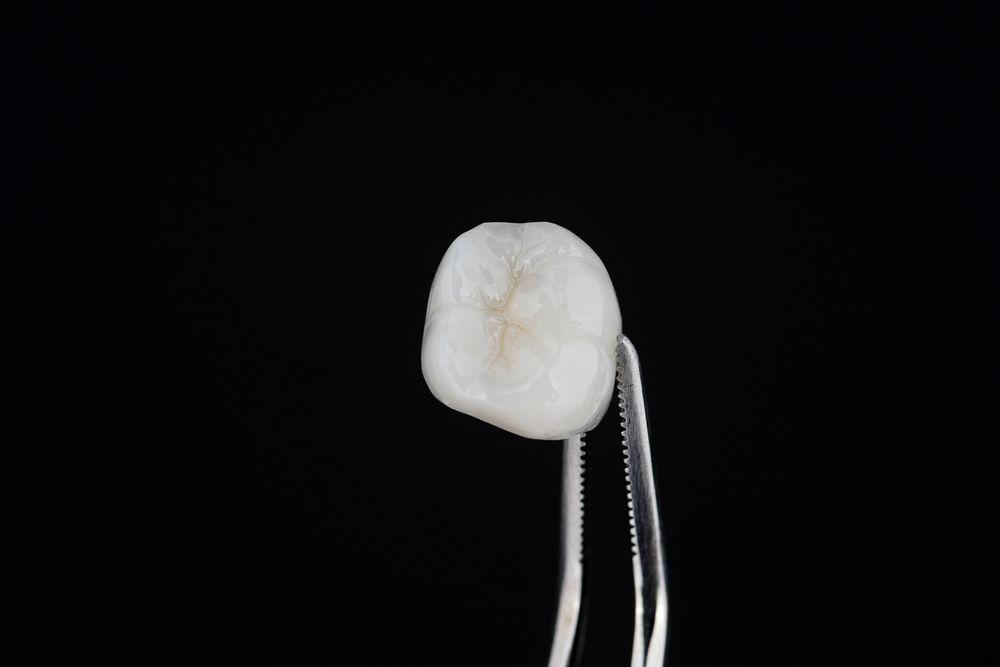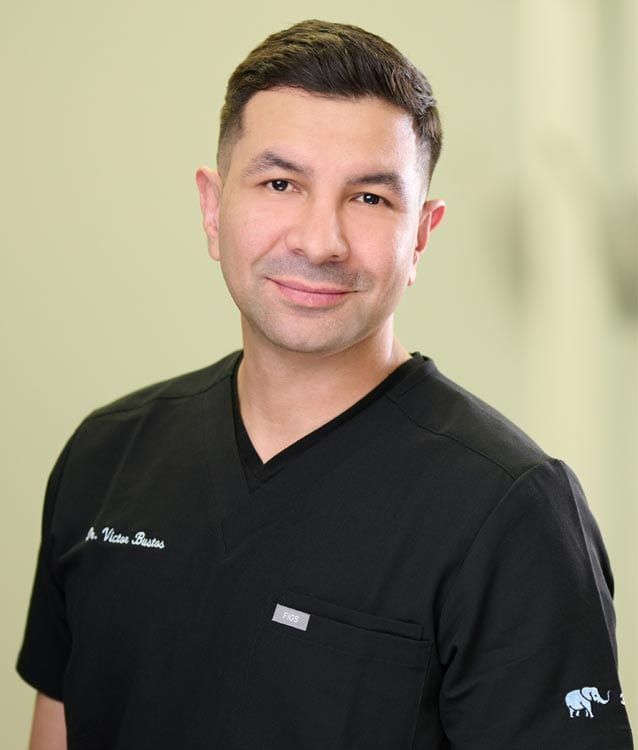Oral care plays a crucial role in maintaining overall health, and selecting the right oral care tools is essential for an effective routine. In this comprehensive guide, we will explore the factors to consider when choosing oral care tools and provide recommendations for different oral health conditions. Let’s dive in!
Assessing Your Oral Health Needs:
Assessing your oral health needs is essential in choosing the right oral health tools. It helps you understand your specific dental concerns, target problem areas, personalize your oral care routine, and seek professional advice when needed. By identifying specific conditions such as gum disease, tooth sensitivity, braces, or dental implants, you can select tools that address those needs effectively. Personalizing your routine ensures that you use tools suited to your preferences and comfort. Seeking professional guidance further enhances your decision-making process. Overall, assessing your oral health needs enables you to make informed choices and maintain optimal oral hygiene.
Types of Oral Care Tools
Toothbrushes:
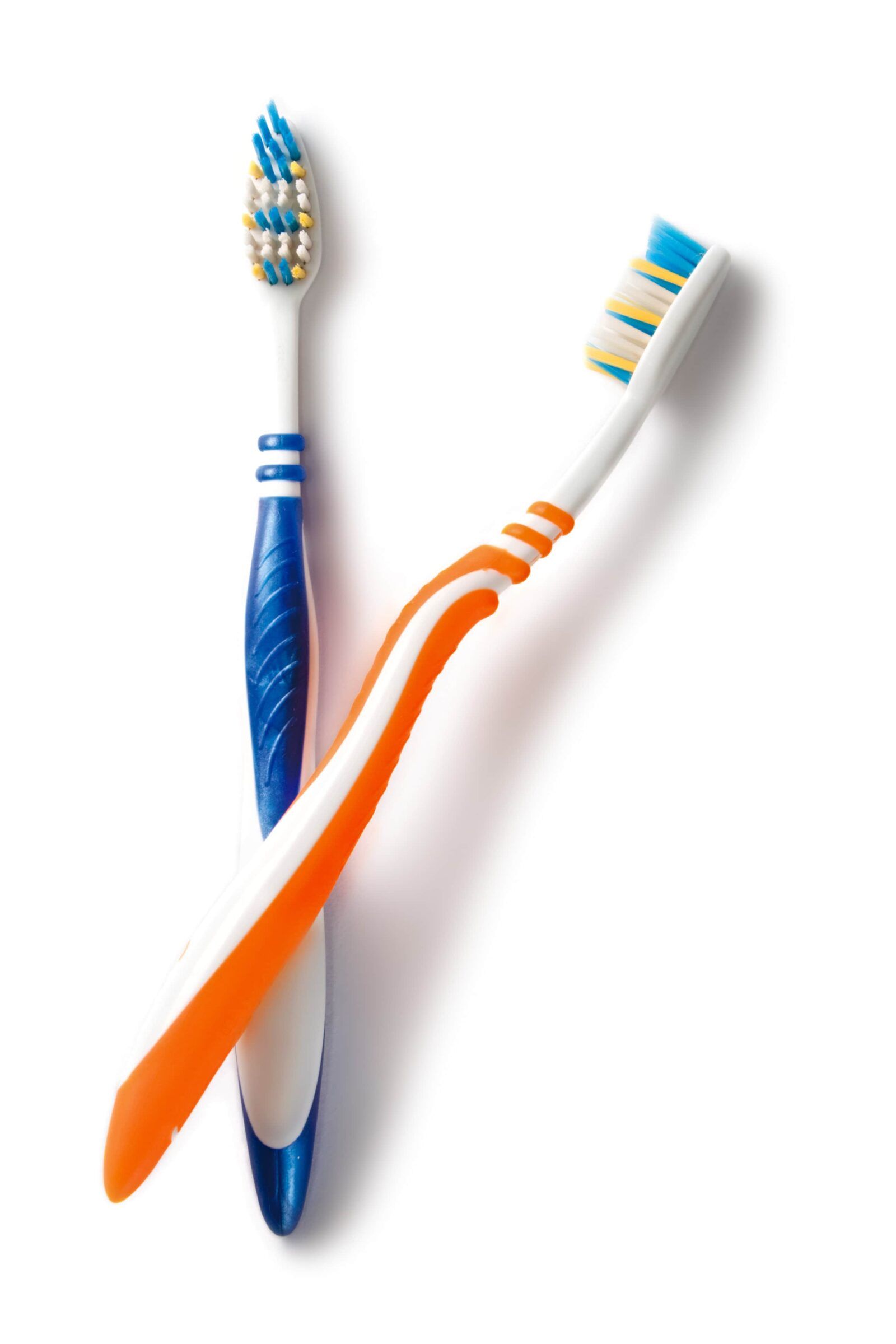
When choosing a toothbrush, one of the primary considerations is whether to opt for a manual or electric toothbrush. Manual toothbrushes are cost-effective, readily available, and provide control over brushing techniques. On the other hand, electric toothbrushes offer advantages such as oscillating, rotating, or sonic technology that can enhance plaque removal and improve brushing efficiency.
Bristle type and firmness are also important factors. Soft or extra-soft bristles are generally recommended as they are gentle on tooth enamel and gums, reducing the risk of damage or irritation. Some people with specific dental conditions or sensitivity may benefit from ultra-soft bristles. However, it is essential to avoid brushes with hard bristles that can cause gum recession or enamel abrasion.
Specialized features in toothbrushes can further enhance your oral care routine. These features may include built-in timers to ensure you brush for the recommended duration, pressure sensors to prevent excessive force during brushing, or tongue cleaners to promote fresh breath and oral hygiene.
Ultimately, the choice between a manual and electric toothbrush, as well as the bristle type and specialized features, depends on personal preference, specific dental needs, and oral health goals. Consulting with a dentist or oral care professional can provide additional guidance in selecting the most suitable toothbrush for your individual requirements.
Toothpaste and Mouthwash:
Choosing the right toothpaste and mouthwash is crucial for maintaining good oral health. When selecting toothpaste, consider factors such as fluoride content for cavity prevention, tartar control ingredients, and specific formulations for sensitivity relief or gum health. Mouthwash options abound, offering benefits like fresh breath, cavity protection, or antibacterial properties. Consider your specific dental conditions, such as sensitive teeth, gum disease, or braces, and choose toothpaste and mouthwash tailored to address those concerns. For example, toothpaste for sensitive teeth will have desensitizing agents, while mouthwash for gum disease may have antibacterial properties. Consulting with a dentist or oral care professional can provide additional guidance and ensure you choose the most appropriate toothpaste and mouthwash for your specific needs.
Dental Floss and Interdental Cleaners:
There are various oral care tools designed to clean between teeth and along the gumline, including dental floss, interdental brushes, floss picks, and water flossers. Dental floss is available in different types, such as waxed, unwaxed, flavored, or tape floss, to suit individual preferences. It effectively removes plaque and debris from tight spaces. Interdental brushes are small, narrow brushes designed to clean larger gaps between teeth or around orthodontic appliances. They are particularly useful for individuals with wider spaces or gum disease. Floss picks offer convenience with a handle and pre-threaded floss, making them easy to maneuver. They can be helpful for reaching back teeth or for those who find traditional flossing challenging. Water flossers use a stream of water to clean between teeth and along the gumline. They can be effective for people with braces, implants, or who prefer an alternative to traditional flossing. Choosing the right tool depends on personal preference, the size of interdental spaces, and specific dental conditions. Consulting with a dental professional can provide guidance on which tool or combination of tools may work best for your unique needs.
Tongue Cleaners and Scrapers:
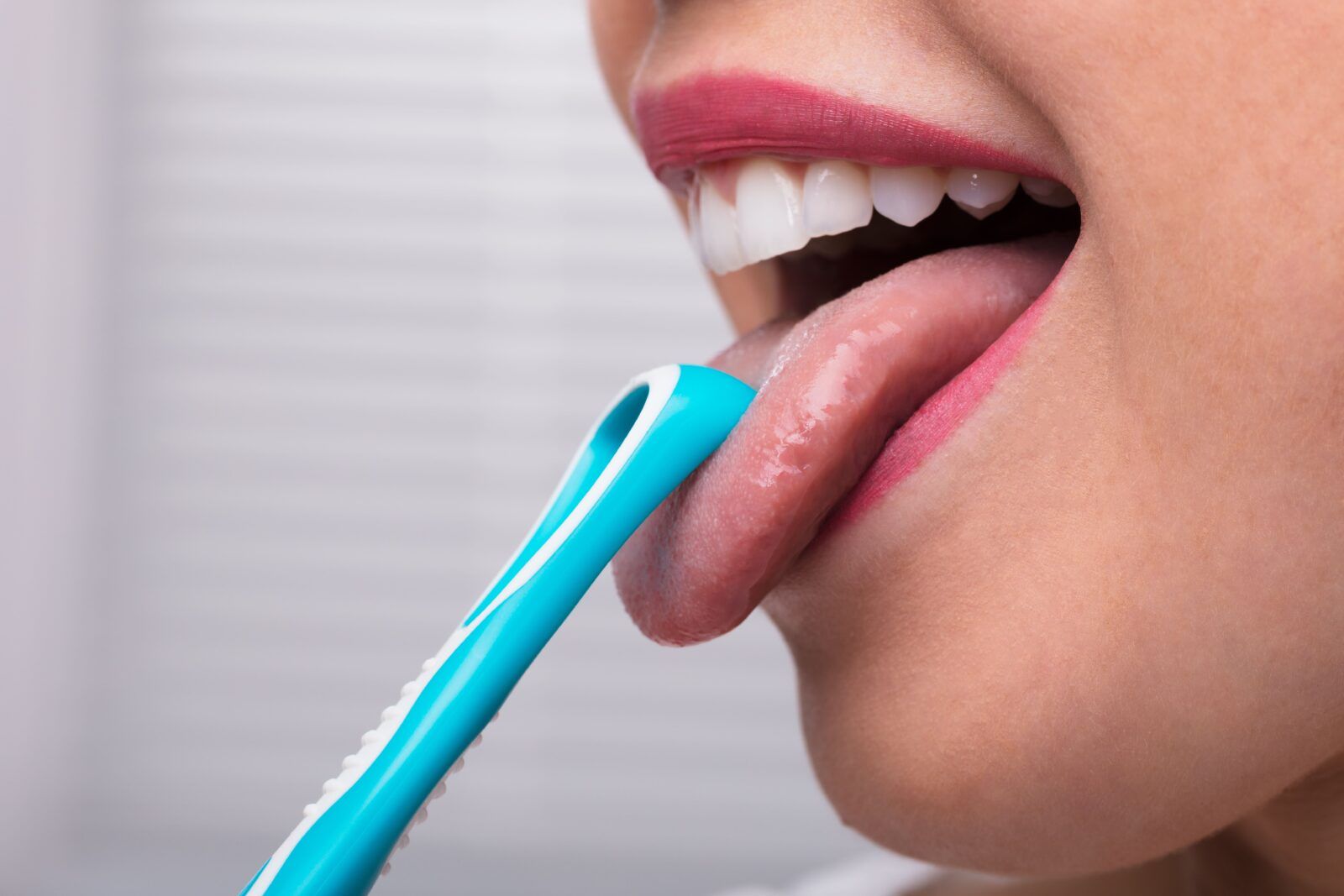
Tongue cleaners and scrapers are oral care tools specifically designed to clean the surface of the tongue. They help remove bacteria, food debris, and dead cells that can contribute to bad breath and oral health issues. There are different types of tongue cleaners and scrapers available. One common type is the tongue scraper, which is typically made of metal or plastic and features a curved edge. It is gently scraped along the surface of the tongue to remove the buildup. Another type is the tongue brush, which has bristles specifically designed for tongue cleaning. Some tongue cleaners combine both a scraper and bristles in one tool. The choice between tongue cleaners and scrapers depends on personal preference and effectiveness in cleaning the tongue. Regular tongue cleaning can improve oral hygiene, promote fresher breath, and contribute to overall oral health.
Factors to Consider When Choosing Oral Care Tools:
When choosing oral care tools, there are several factors to consider. Here’s a comprehensive list of factors to help you make the right choices:
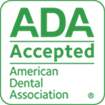
- Specific Oral Health Needs: Consider your specific oral health concerns, such as sensitivity, gum disease, braces, or dental implants. Choose tools that address those needs effectively.
- Professional Recommendations: Seek advice from your dentist or oral care professional. They can provide personalized recommendations based on your oral health condition and specific needs.
- ADA Approval: Look for oral care tools that have received the American Dental Association (ADA) seal of approval. This indicates that the product has undergone rigorous testing and meets the ADA’s standards for safety and effectiveness. Choosing ADA-approved tools provides an added level of assurance in their quality and performance.
- Comfort and Ease of Use: Select tools that are comfortable to hold, easy to maneuver, and fit well in your mouth. Consider handle design, grip, and overall ergonomics.
- Personal Preference: Take your own preferences into account, such as the type of tool, flavor, style, or brand. Having oral care tools that you like and feel comfortable using encourages regular and effective use.
- Effectiveness: Evaluate the effectiveness of the tools in achieving their intended purpose. Consider their ability to remove plaque, clean between teeth, or address specific oral health concerns.
- Durability and Maintenance: Choose tools that are durable and easy to maintain. Consider factors like how often they need to be replaced or if any special care is required.
- Price and Affordability: Consider the cost of the oral care tools and whether they fit within your budget. Compare prices and features to find the best value for your investment.
- Compatibility with Existing Oral Care Routine: Ensure that the tools you choose can be seamlessly integrated into your existing oral care routine without causing disruption or inconvenience.
By considering these factors, you can select the right oral care tools that effectively meet your oral health needs, promote good oral hygiene, and contribute to a healthy and radiant smile.
In Conclusion:
Choosing the right oral care tools is crucial for maintaining good oral hygiene. By assessing your oral health needs, understanding the different types of oral care tools available, considering important factors such as quality, comfort, safety, and cost-effectiveness, and seeking recommendations for specific oral health conditions, you can create an effective oral care routine. Remember to properly maintain and replace your oral care tools to ensure optimal results. Prioritize your oral health and consult with a dental professional for personalized guidance. With the right tools and a consistent oral care routine, you’ll be well on your way to a healthy smile and overall well-being. Investing in the right oral care tools is an investment in your oral health. Take the time to evaluate your needs, make informed choices, and maintain a consistent oral care routine. Your smile will thank you!





